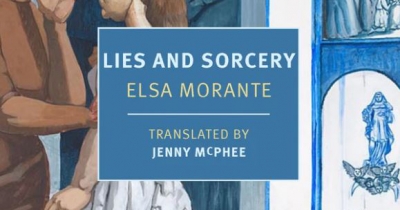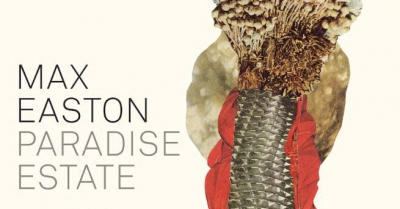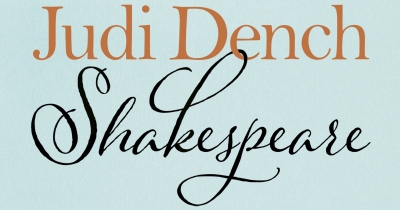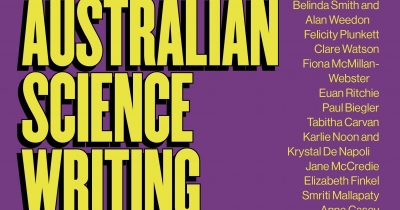Review
Burn by Melanie Saward & We Didn’t Think It Through by Gary Lonesborough
by Julie Janson •
Lies and Sorcery by Elsa Morante, translated by Jenny McPhee
by Lily Patchett •
Days of Innocence and Wonder by Lucy Treloar
Paul and Paula: A history of separation, survival and belonging by Tim McNamara
by Seumas Spark •
Ian Fleming: The complete man by Nicholas Shakespeare
by Paul Kildea •
Shakespeare: The man who pays the rent by Judi Dench with Brendan O’Hea
by Carol Middleton •
The Best Australian Science Writing 2023 edited by Donna Lu
by Robyn Arianrhod •










